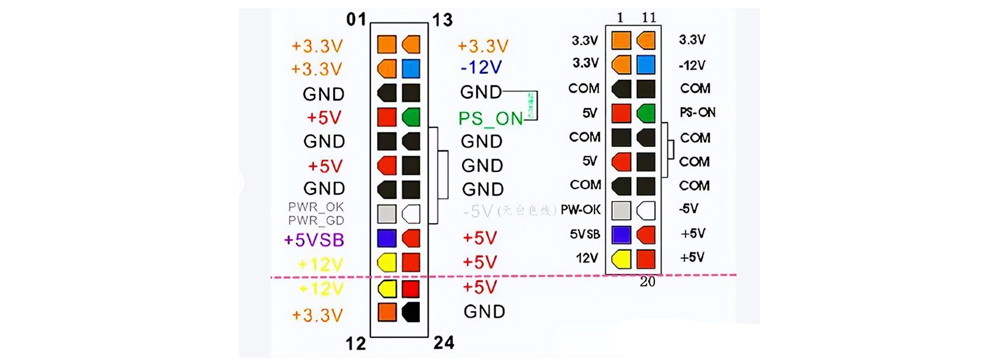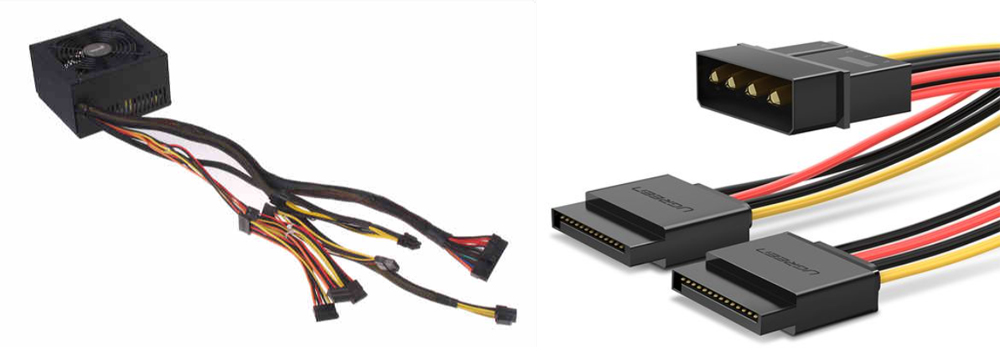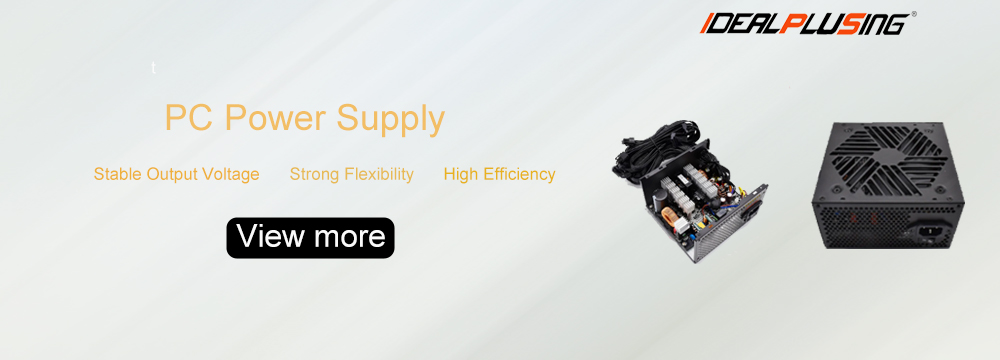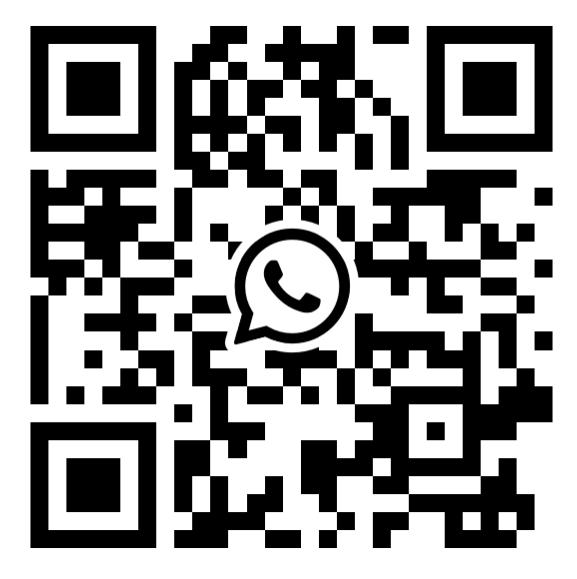"In 2023, a Chinese power supply company had its entire container destroyed by EU customs due to incomplete CE certification"
"What if a North American buyer requires UL certification but the factory test report is not recognized?"
We often hear news like the above. In the import and export industry, there are many requirements for the export of computer power supplies. In the global power supply supply chain, ATX power supplies are the core components of the PC hardware market, but different countries and regions have different safety, energy efficiency and environmental protection requirements for electronic products. If the certification is incomplete, it will affect customs clearance at best, and the entire batch of goods will be destroyed or returned at worst, causing huge losses.
This article comprehensively analyzes the three key certifications of UL, CE, and RoHS to help power supply manufacturers, foreign trade companies, and cross-border e-commerce sellers avoid compliance risks and successfully enter high-end markets such as Europe and the United States.
What is an ATX power supply and what are its characteristics
Characteristics of ATX power supply: Compared with AT power supply, ATX power supply has three additional outputs: "+3.3V, +5VSB, PS-ON". Among them, the "+3.3V" output is mainly used for memory, while the "+5VSB" and "PS-ON" outputs reflect the characteristics of ATX power supply. The most important feature of ATX power supply is that it does not use the traditional AC switch to control whether the power supply is working, but uses the combination of "+5VSB, PS-ON" to realize the opening and closing of the power supply. As long as the change of the "PS-ON" signal level is controlled, the power supply can be controlled to be turned on and off. "PS-ON" turns on the power supply when it is less than 1V, and turns off the power supply when it is greater than 4.5V. Unlike AT power supply, ATX power supply has made some improvements in the line. The most important difference is that when shutting down, the ATX power supply itself does not completely cut off the power, but maintains a relatively weak current. At the same time, it uses this current to add a power management function called Stand-By. It allows the operating system to directly manage the power supply. With this function, users can directly achieve soft shutdown through the operating system, and can also achieve networked power management. For example, when the computer is turned off, a signal can be sent to the computer's modem through the network, and then the monitoring circuit will send out a +5V SB activation voltage unique to the ATX power supply to turn on the power and start the computer, thereby achieving remote startup.

Why do ATX power supply outlets have to pay attention to certification?
1. Serious consequences of missing certification
EU market: CE certification is a mandatory requirement. If compliance documents are not provided, customs can directly seize or destroy the goods.
US market: Although UL certification is not mandatory by law, channels such as Amazon and Best Buy require it to be provided, otherwise it cannot be put on the shelves.
Global trend: RoHS environmental certification has become a hard standard in many countries (such as South Korea and Japan), and violations may face high fines.
2. Why do buyers pay attention to certification?
B2B buyers: Certification is the core screening condition for supplier qualifications and directly affects purchasing decisions.
End consumers: Certification marks (such as 80 PLUS, CE) are trust endorsements of product quality.

Analysis of CE, UL, ROHS and 3C certification for power modules
1. CE Certification
CE certification is the Latin abbreviation of the European Union. This certification is to prove that the product meets its specified requirements and is one of the certification standards for power module production and manufacturing. The content is EMC (electromagnetic compatibility), LVD (low voltage directive) and FCC (safety regulations). It requires that power products must protect the health and safety of users and meet environmental protection requirements.
Power module EMC is divided into two parts: EMS and EMI. EMS is divided into four parts: lightning test, EFD (fast pulse group test), EST (static test), and C/S (anti-conduction test). EMI is divided into three parts: conduction test, space radiation, and magnetic field radiation. The standard is: EN55022.
Power module LVD requires power, overload, leakage current, temperature rise, high and low temperature, etc. The standard is: EN60950.
Safety experiments include: working voltage, fault test, impact test, vibration test, impact test, electrical clearance, creepage distance, insulation penetration distance, plug test, protective connection conductor resistance, external wire terminal, power cord stress relief test, electrical connection and fixation test, leakage test, accessibility test, energy hazard test, limited power supply test, safety interlock device test, printed circuit board test, power supply protective cover, packaging and sealing parts inspection, external force resistance test, electric shock test, dielectric strength test, label inspection and test, radiation test, heating test, SELV test, TNV test, current limiting circuit test, overload test, manual device test, battery explosion-proof test, overflow test, flammability test, fire test, adhesive test, Vicat test, waterproof test, etc.
2. UL certification
UL is the abbreviation of Underwriter Laboratories Inc., which is the largest private institution in the United States and the world engaged in safety testing and appraisal. UL certification is non-mandatory, but it is highly recognized in the United States, and it is difficult to sell products without UL certification.
UL certification has different difficulty levels for different standards. The main issues include structure, material, temperature rise, electrical clearance, creepage distance, etc.
The main certification standards for power supply products are:
Power supply for information products: UL62368, UL60950-1
Power supply for audio and video products: UL62368, UL60065
Safety low voltage power supply (including charger): UL1310
Non-safety low voltage power supply (including charger): UL1012
Car inverter: UL458
Uninterruptible power supply (UPS): UL1778
Power supply for toy products: UL697
3. ROHS certification
ROHS certification is the abbreviation of the "Directive on the Restriction of the Use of Certain Hazardous Substances in Electrical and Electronic Equipment". The EU began to implement this regulation on July 1, 2006, which stipulates that electronic and electrical products put on the market must not contain six hazardous substances such as lead (Pb), mercury (Hg), cadmium (Cd), hexavalent chromium (Cr6+), polybrominated biphenyls (Pbb), and polybrominated diphenyl ethers (PBDE). This regulation mainly regulates the environmental protection of products. Power modules that have not passed ROHS certification and CE certification cannot enter the EU market.
On August 25, 2011, China issued the "Implementation Rules for Voluntary Certification of Pollution Control of Electronic Information Products Promoted by the State", which stipulates the categories of electronic information products that need to be controlled by RoHS in China and the detailed certification and environmental management system requirements required for factory inspections.
The EU RoHS environmental directive standards are as follows:
Restricted substances Limit standards
Lead (Pb) 1000ppm
Mercury (Hg) 1000ppm
Cadmium (Cd) 100ppm
Hexavalent chromium (CrVI) 1000ppm
Polybrominated biphenyls (Pbb) 1000ppm
Polybrominated diphenyl ethers (PBDE) 1000ppm
How to complete certification efficiently?
Plan ahead: choose certification according to the target market to avoid delays in delivery due to temporary re-application.
Find professional laboratories: such as UL official laboratories, TÜV Rheinland, Intertek, etc.
Use the CB system: one test, multi-country approval, reduce repeated certification costs.
Share our interesting knowledge and stories on social media














